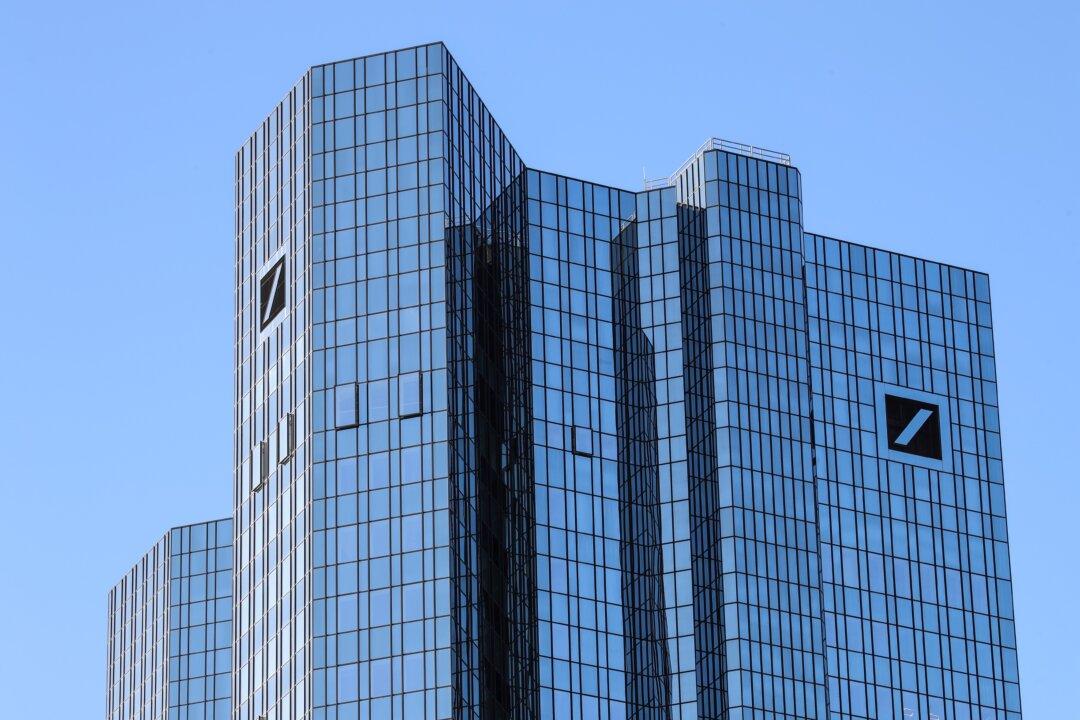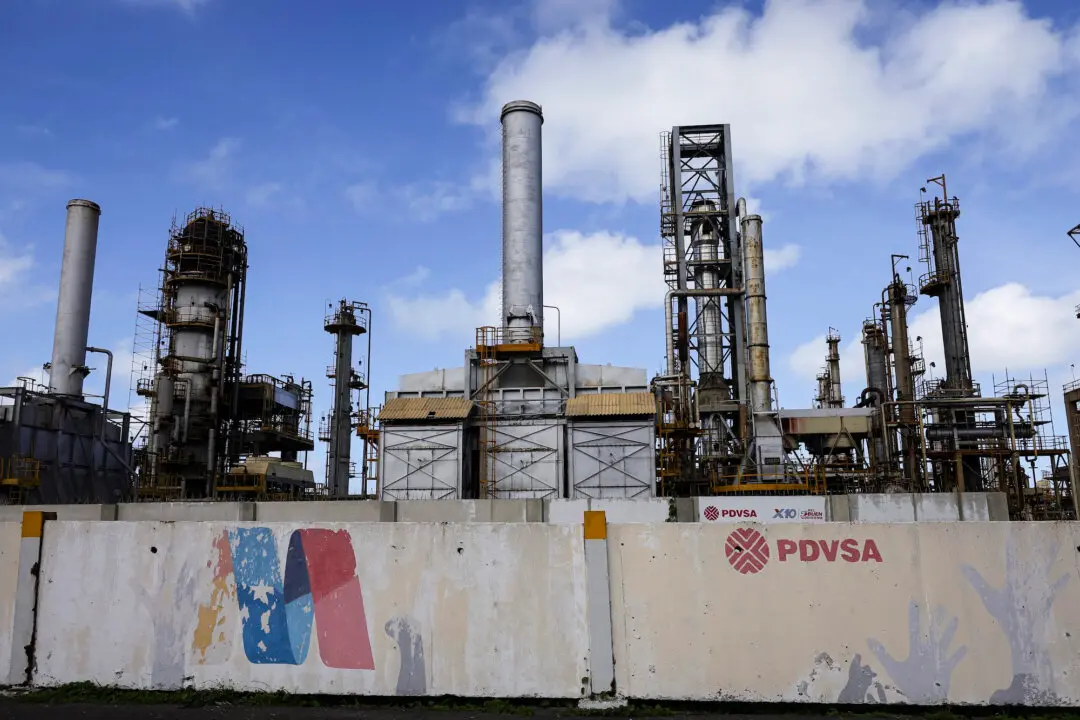After the collapse of Switzerland’s second-largest bank, Credit Suisse, investors looking for the next bank failure fixed their eyes on Deutsche Bank, Germany’s largest bank.
The telltale signs of blood in the water appear in a bank’s share price and the cost of its credit-default swaps, which are insurance contracts against a default on its debt. Equity investors recently sold off Deutsche Bank shares as credit investors drove up the price of its swaps. And in today’s market, when investors get spooked, depositors are quick to follow.





